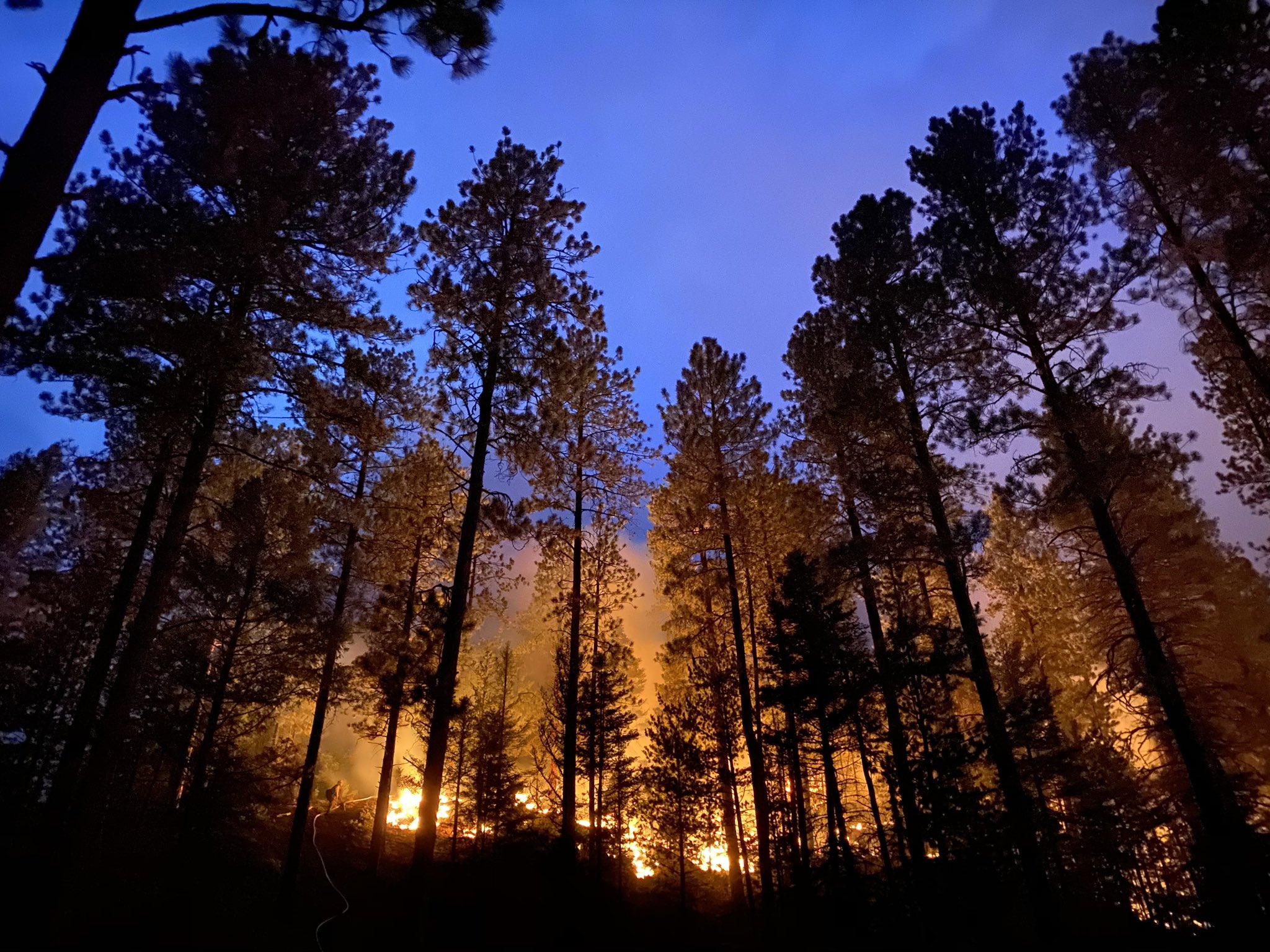Don't settle for half the story
Demyst gives you access to all of the data you need. Evaluate thousands of data attributes from hundreds of possible data connectors all pulled into your own custom-built APIs for instant data deployment.


There is some room for disagreement over climate change: scientists are debating whether things are moving faster than expected or whether existing changes were merely underestimated, but the fact remains that commercial insurers need to be prepared for greater losses from extreme weather events.
An important part of that preparation involves tracking environmental changes, including sea level rise. HazardHub founder John Siegman discussed the larger issues at work in his conversation with Demyst.
“While people think about, you know, the coasts — and certainly, sea level rise will have an impact on the coasts — what people don’t think about is if you have a foot in sea level rise, that means you have a foot rise along the entire way that the water gets to the seas,” Siegman said.
Sinkholes are also an issue; around 22% of the world’s major cities are in potential subsidence areas. “Everybody thinks this is a Florida-only problem,” Siegman said. “It is not a Florida-only problem.”
These ongoing developments will require careful monitoring, which is possible because of improvements in the data available for measuring environmental risks. The increased granularity of this information allows commercial insurers to price risk more accurately when making their underwriting decisions.
HazardHub offers models that help insurers assess the changing risk profiles of specific properties. Their goal is to provide answers that can complement the information provided by policy holders to provide greater accuracy.
Accuracy has become more important as risk factors change more frequently. While some regions face greater challenges, other areas have identified strategies to reduce risk. One example is ecological forestry, which has been identified as a way to reduce wildfire risk in some areas.
Previously, insurers had only been able to access data from one or two providers, but now that a larger number of sources are available, that information needs to be accessed as part of an effective risk management strategy. Improved risk monitoring must become standard practice for an industry preparing for complicated and uncertain environmental changes.
To learn more about HazardHub and the ways that external data can fuel improved risk selection for commercial insurers, watch Arun Prasad’s conversation with John Siegman.
Don't settle for half the story
Demyst gives you access to all of the data you need. Evaluate thousands of data attributes from hundreds of possible data connectors all pulled into your own custom-built APIs for instant data deployment.

External data can be easy to discover and deploy